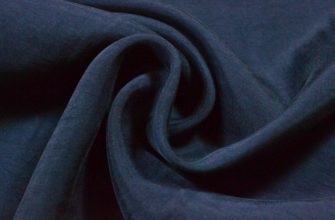The 21st century is full of different types of fabrics. Among them, there are those that make you fall in love with them at first touch. They are always at the peak of popularity due to their wear resistance. Mako satin, which is actively used in the textile industry, is one of them.
Makosatin - what is it, customer reviews, production features and history of its appearance are detailed in this article.
Creation
There are two stories about the origin of Mako Satin. The first one says that the seeds of a new cotton variety were collected in the garden of Mako Bain, an Indian politician. He showed the cotton to the Egyptian Pasha and convinced him to set up plantations to start producing the fabric.
Name
Whether this is true or not, but in India, makosatin cotton is still called by the name of its compatriot – cotton Jumel.
According to another version, Mako-satin was discovered in Europe by an Arab trader. During one of his travels, he met Chinese weavers who created a new type of fabric that had the shine and fineness of silk, but cost 3 times less.

Additional information! In the 18th and 19th centuries, Mako satin was the only fabric that not only the bourgeoisie but also middle-class people could afford.
How Mako Satin is Made
Mako Satin is a soft satin weave fabric with a slight sheen. The cotton used to produce it is grown in Pakistan, Egypt and Sudan. The total area under cultivation is no more than 5% of other types of plant fiber.
The raw material is collected manually. Then it is cleaned and carefully combed. To achieve maximum homogeneity and smoothness, the fibers are mercerized - treated with an alkaline solution followed by washing.
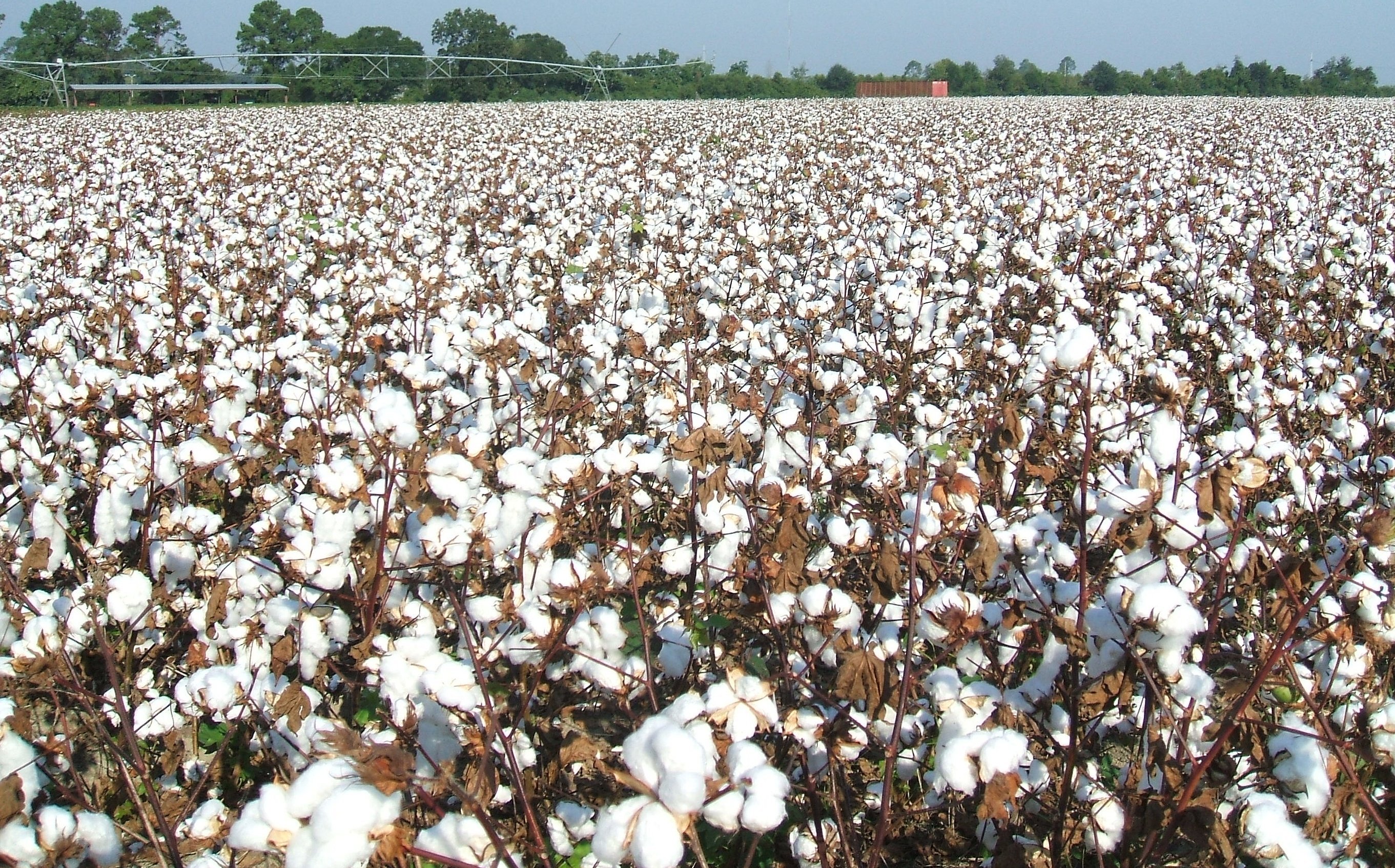
The thinnest threads No. 75 are used for weaving makosatin. In the weaving machine they will be subjected to additional double twisting, which subsequently gives the fabric the required density and thinness.
The fabric is bleached. Reactive dyeing is used for dyeing. The dye penetrates the fiber structure. This is the option used by all manufacturers of bed linen. This allows you to create a pattern that does not lose its brightness after numerous washes. The linen retains its original appearance during the period of use.
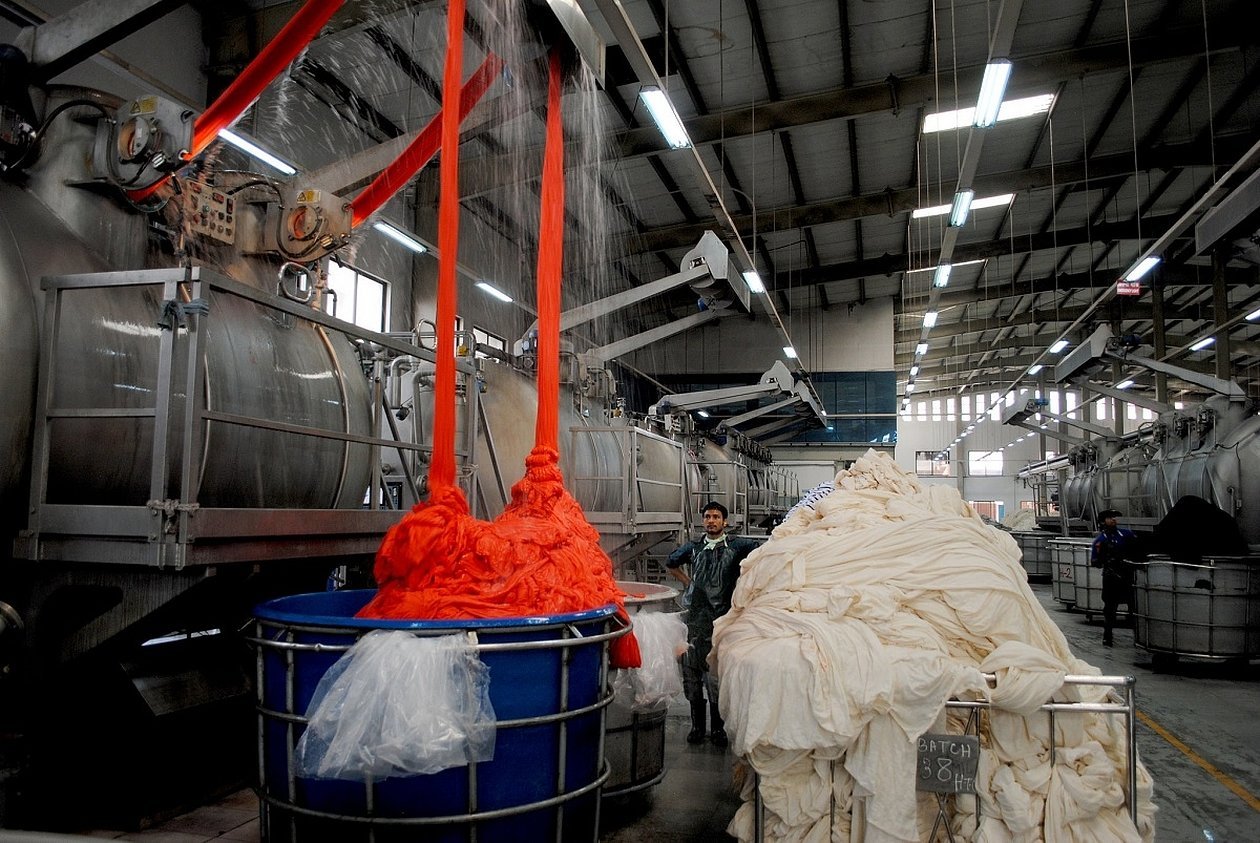
Please note! To produce cheap fabric with the appearance of an elite shine, some manufacturers use calendering - the fabric is passed through a horizontal roller. The material acquires a shimmering shine that lasts until the first wash.
Fabric Properties - Personal Experience
Mako satin - reviews - is a separate collection of thank you speeches to the discoverer of this material. Buyers of the products talk about 6 main properties of the fabric:
- Environmentally friendly material.
- Soft material, but non-slip.
- The fabric feels and looks like silk.
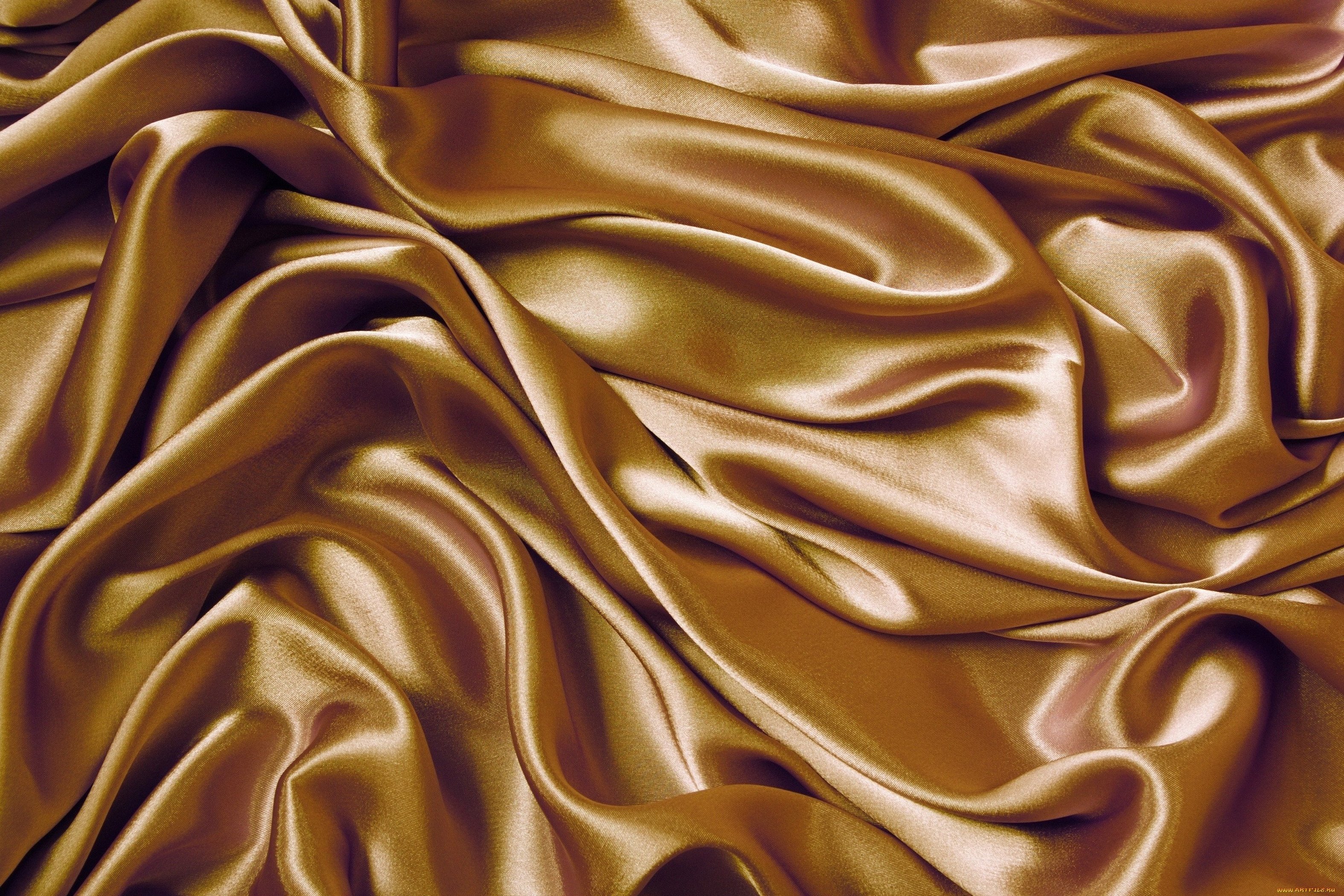
- Suitable for people with increased skin sensitivity.
- Dries quickly after washing.
- Does not accumulate static electricity.
How is it different from regular satin?
The first difference between makosatin is its cost. Long fiber is used in its production and no impurities are added at all. The cotton variety used for production is low-yielding, special conditions are required for its cultivation, therefore the price is significantly higher.
Regular satin is made from short and wavy fibers, and may also contain polyester. Accordingly, the cost of satin is lower.

The density of ordinary satin is 120-140 threads per 1 sq. cm, and the density of Mako satin reaches 220 threads per 1 sq. cm. And this is with a weight of only 125 g per 1 sq. meter.
Please note! Increased density is achieved by double twisting the thread.
Mako satin is also characterized by a more pronounced shine and a light velvety feel, which is not inherent in regular satin.
Fabric care
Mako satin is considered an exquisite fabric that requires careful care to maintain its properties and original appearance. There are several rules that can be followed to extend the life of the material:
- Items must be turned inside out before washing.
- Macsatin items cannot be mixed with artificial or synthetic fabrics.
- Colored items are washed at temperatures up to +40–45 degrees, and for plain fabrics the water should not exceed +60 ºС.
- Items cannot be mixed in the washing machine with synthetic and artificial fabrics.
- After washing, just shake and straighten the fabric. It will dry quickly.
- If the item needs to be ironed, the fabric should be damp and the iron should be set to the “delicate ironing” or “cotton” mode.

If a stain has settled on the item, it must be treated or removed before washing. If the item is white, bleach can be used.
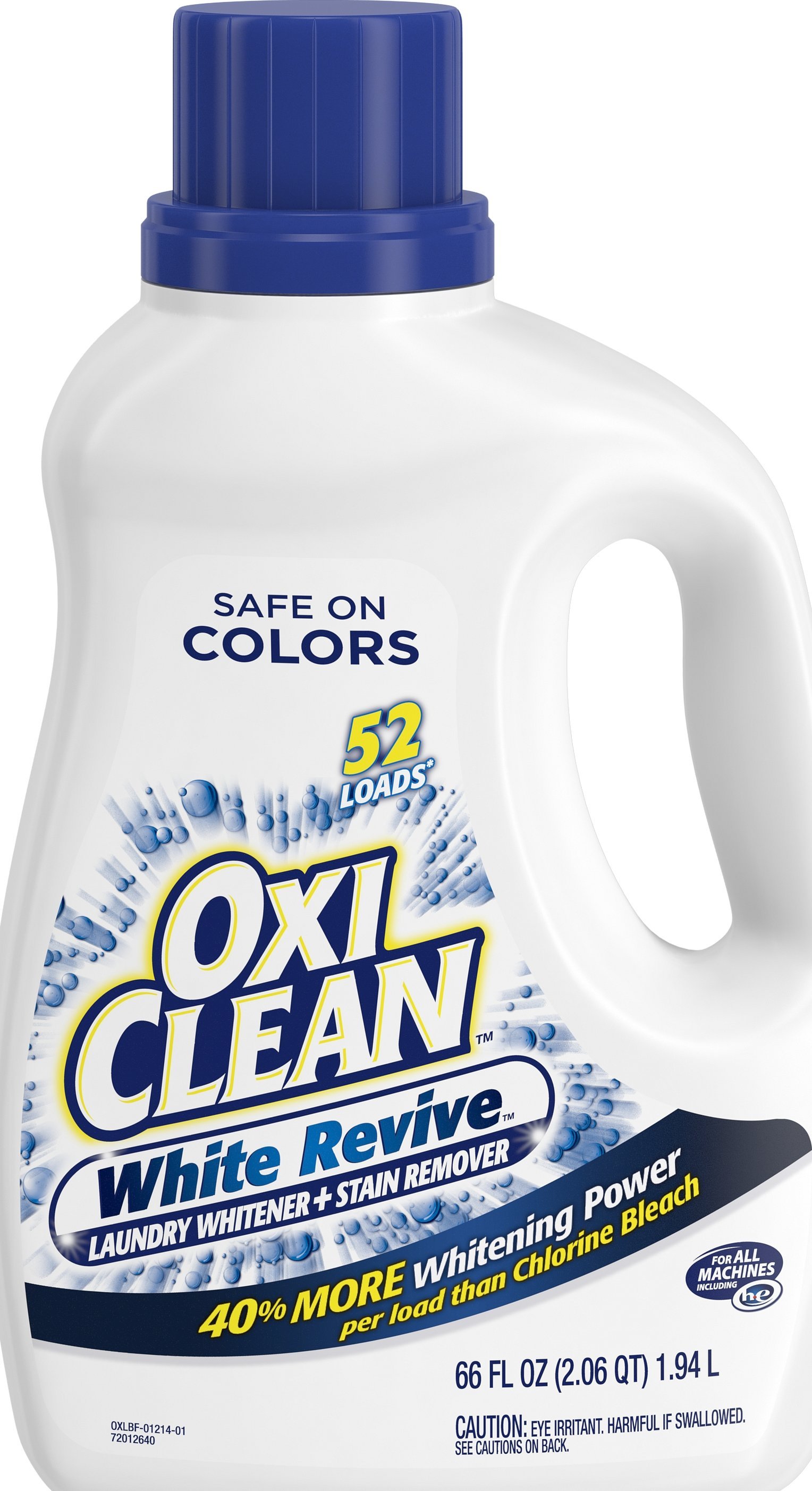
Unfavorable reviews
You shouldn't think that if Mako satin is considered an elite and expensive material, then it is loved by everyone. Here are some negative reviews about Mako satin bed linen.
Karina Velikanova, 27 years old:
“Once I decided to try ordering online. I saw bed linen made of makosatin. I suggested it to my mother-in-law. Of course, she doubted that such expensive bed linen was worth ordering online. But she also decided to do it and placed an order. We waited a long time – about two months. But when we picked up our bed linen, we were very happy. We really liked the color scheme, the richness of the colors. And the fabric was soft to the touch, pleasant. Just then, guests arrived. We suggested trying out our bed linen. They spent the night with us for 4 days. When the guests left, I threw the bed linen in the wash. I took it out and was stunned. After washing, the bed linen had faded a lot.”
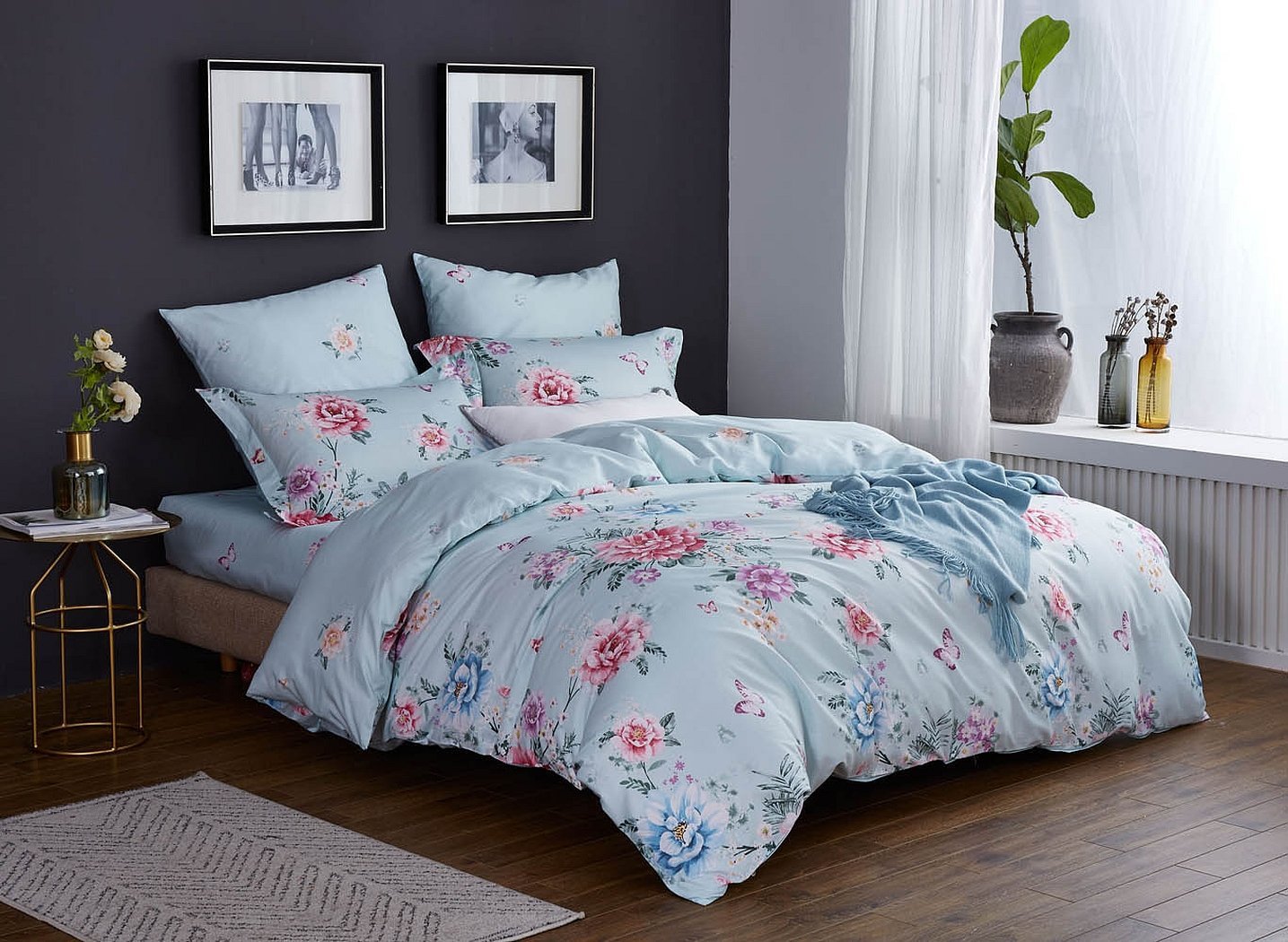
Yana Novikova, 21 years old:
“My boyfriend gave me beautiful bed linen made of an unknown fabric called makosatin for my birthday. I knew nothing about this material before. I am very picky when it comes to choosing fabrics for things, so I immediately went online with a request for “mako satin bed linen reviews.” I read on forums. Everyone noted that the fabric was good, pleasant to the touch. I calmed down, put the bed linen on and went to bed. I couldn’t fall asleep for 3 hours! The sheet seemed terribly sticky to me, not warming at all. And when I saw the cost of the product... Such bed linen is not worth the money my boyfriend paid. Cotton sets are 10 times nicer, and cost less.”
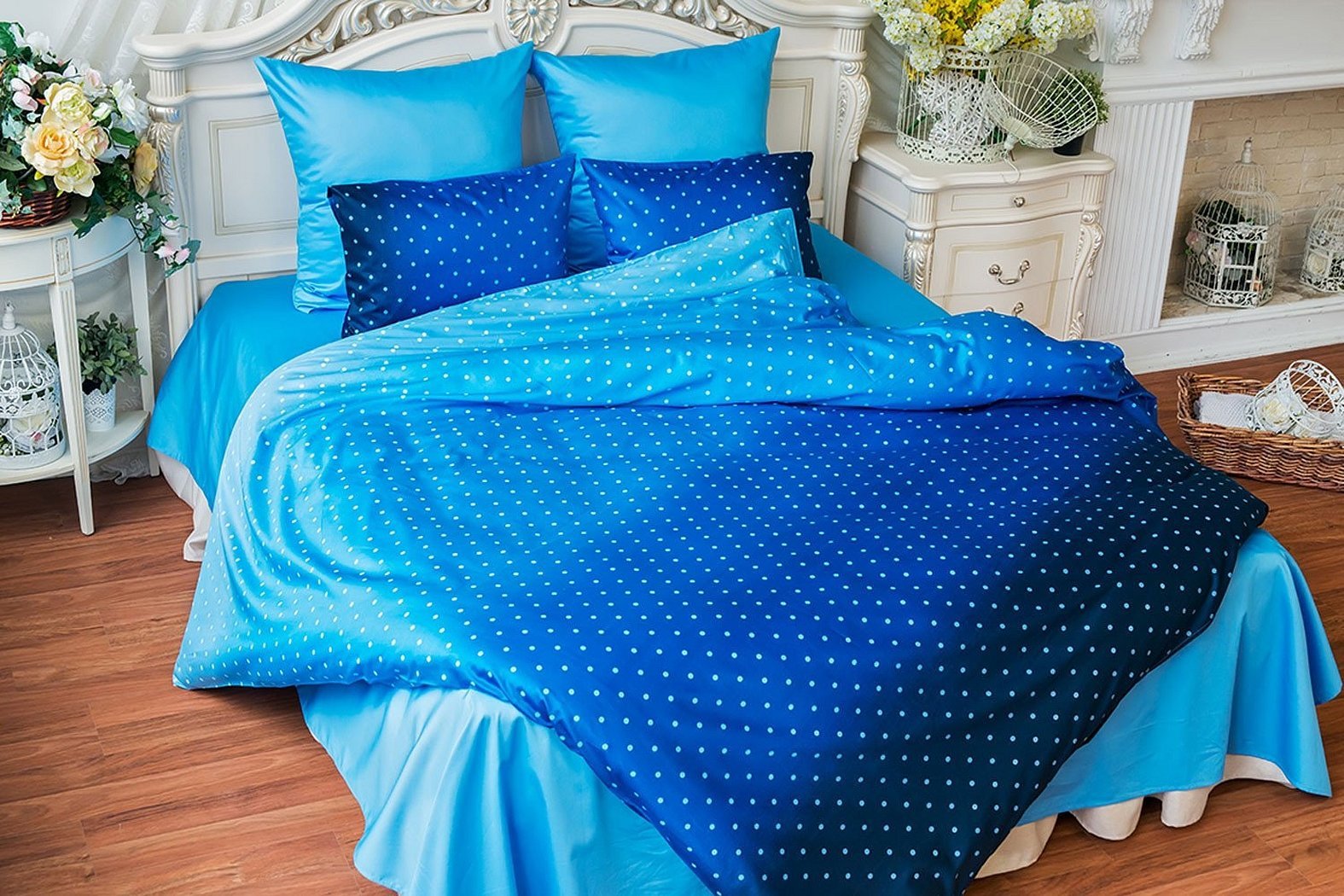
Veronica Mironova, 54 years old:
"My husband unexpectedly decided to give me a present - he gave me a robe made of mako-satin. A very expensive thing, we usually don't allow ourselves such things. Of course, I appreciated the quality. It was pleasant, soft and velvety, the color itself was rich and very deep. I was absolutely delighted then, but the happiness lasted until the first wash.… I followed all the care instructions, but the fabric shrank a little. For such a price, this definitely shouldn't have happened. We decided that the product wasn't worth the money, my husband and I will no longer choose mako-satin."
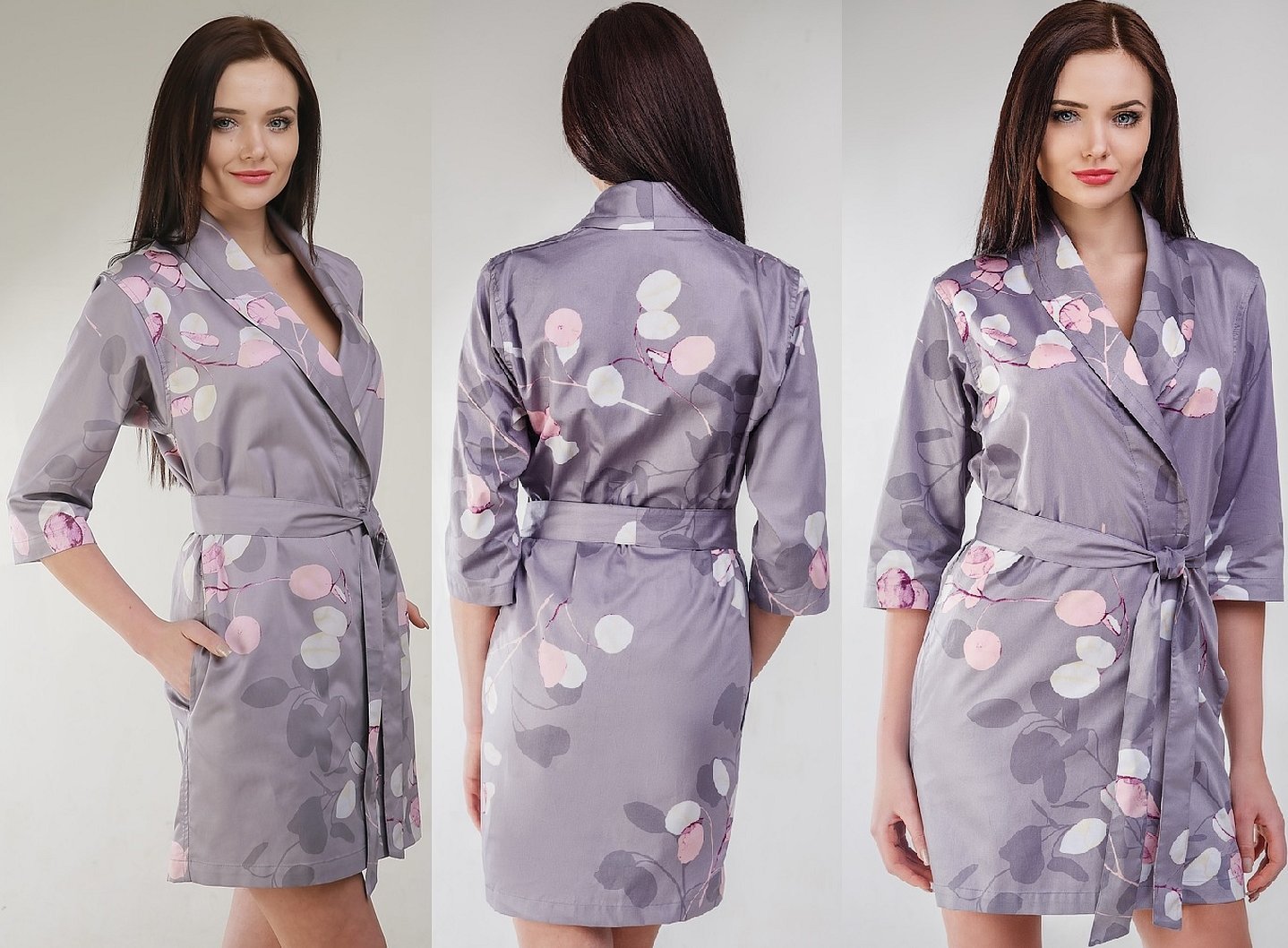
Reviews in favor of Mako Satin
Mako satin is an expensive but very high-quality material, and therefore there are enough positive reviews of products made from it. Here is a small part of them:
Lena Golendiaeva, 25 years old:
"When I was buying bed linen for my child's room, I focused on 100% natural fabrics. Mako-satin, as an option for children's bed linen, was recommended to me by a friend who already had such a set. The product is quite expensive, so I bought it with caution - I was afraid to overpay. But my fears were not justified, the thing serves faithfully and truly, in addition - pleases the baby with a beautiful bright pattern."
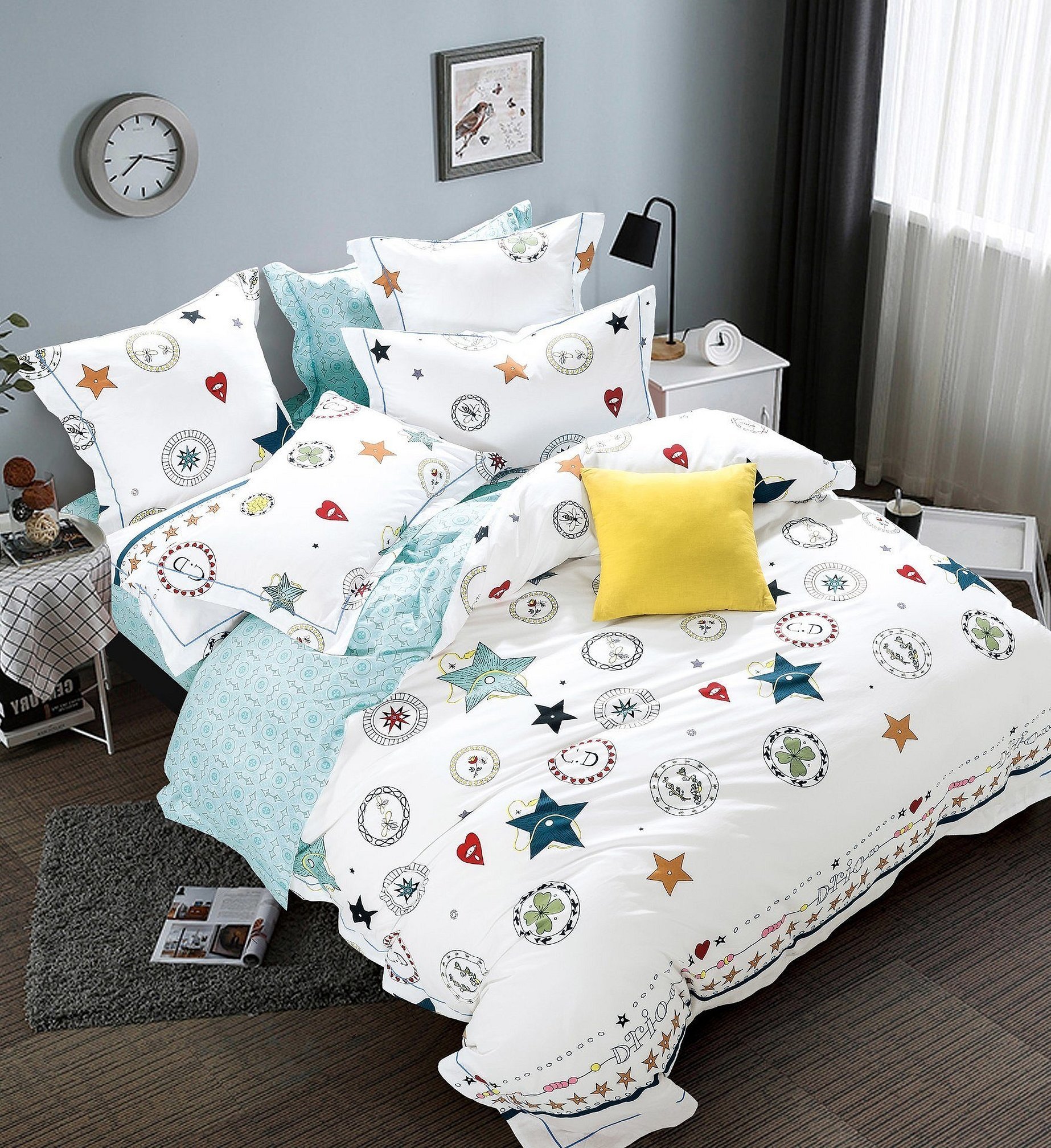
Anfisa Goncharova, 47 years old:
"I would say that underwear made from this material is a new generation of underwear that does not shrink, does not wear out, does not fade or discolor. And such a bright and colorful set as mine would have faded long ago if it were made from another material."
Valery Golovchenko, 27 years old:
"When choosing a wedding gift for a friend, the first thing I thought about was bed linen made of Mako-satin. It seems to me that at least one such set should be in the family. I myself have a set of bed linen at home made of this material. The fabric has many positive characteristics - it is suitable for allergy sufferers, for people with sensitive skin and infants. In addition, it is pleasant and comfortable to sleep on such a bed, the body breathes, it is cool in the heat and warm in the winter."

Mako satin is an elite fabric made from rare cotton. It combines high density with lightness and silkiness. The only thing that can be a problem is the care of the material.



